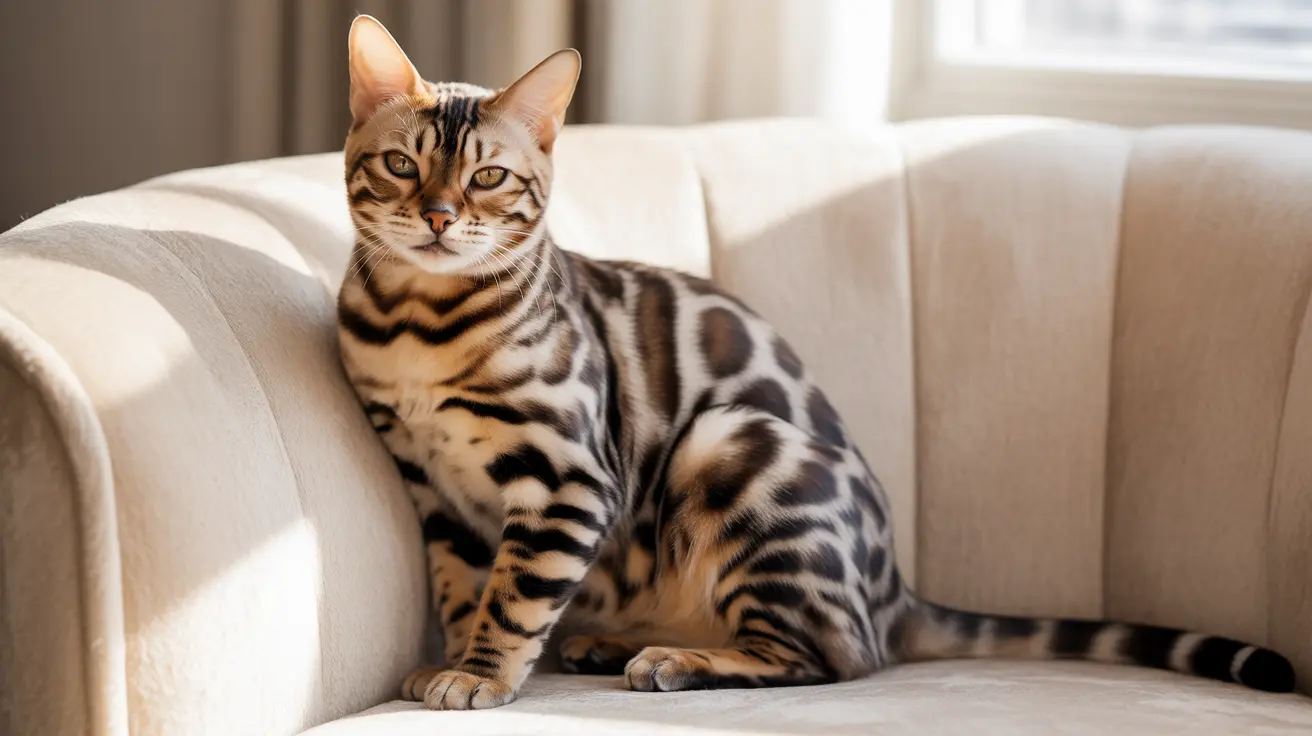How to Determine Your Cat's Age in Human Years
Understanding your cat’s age in human years helps you provide optimal care, nutrition, and medical attention throughout their life stages. Whether you've adopted an adult cat or are curious about your kitten's development, it's important to know how feline and human aging compare.
Cat-to-Human Age Conversion
Cats age rapidly at first, then more gradually. Experts generally agree on the following conversion chart:
- 1 cat year = approximately 15 human years
- 2 cat years = about 24 human years
- Each additional cat year = +4 human years
Examples:
- 3 years old cat = 28 human years
- 5 years old cat = 36 human years
- 10 years old cat = 56 human years
- 15 years old cat = 76 human years
- 20 years old cat = 96 human years
Kitten to Senior: Cat Life Stages
Cats go through distinct life phases:
- Kitten (0–1 year): Rapid physical development, baby teeth lost by 6 months, eye color changes from blue to adult hue by 6–7 weeks.
- Junior (1–2 years): Adult size reached; high energy and a sleek coat characterize this stage.
- Adult (3–6 years): Physical prime; teeth are clean with minimal wear; strong muscle definition.
- Mature (7–10 years): Noticeable slow-down in activity; possible weight gain and tartar buildup on teeth.
- Senior (11–14 years): Loss of muscle tone, stiff joints, cloudier eyes, and increased dental issues.
- Super Senior (15+ years): Rougher coat, potential vision loss, and greater need for health monitoring.
Physical Cues to Estimate Age
If your cat's history is unknown, physical signs can help determine age:
Teeth:
- White and clean: likely under 1 year
- Slight yellowing: 1–2 years
- Tartar buildup: 3–5 years
- Missing teeth/gum disease: 10+ years
Coat:
- Soft and fine in kittens
- Rougher or matted with age
- Grey or white patches can appear in older cats
Eyes:
- Clear in young cats
- Cloudiness (nuclear sclerosis) and jagged irises in seniors
Muscle Tone and Body Condition:
- Youth: lean, muscular, agile
- Senior: bonier frame, loose skin, stiff movement
Behavior and Activity
Kittens and younger cats are typically much more playful, responsive to training, and active. Older cats may sleep more, exhibit less curiosity, and avoid high surfaces.
Additional Influencing Factors
Several variables can affect how a cat ages:
- Breed: Purebred cats might age faster than mixed breeds
- Health: Chronic diseases and dental care significantly impact apparent age
- Lifestyle: Indoor cats live longer (13–17 years) versus outdoor cats (2–5 years)
Caring for Your Cat at Every Life Stage
- Kittens: Require frequent vet visits, vaccinations, and socialization
- Adults: Need annual exams, balanced diets, and active play
- Seniors: Benefit from biannual check-ups, joint support, accessible litter boxes, and diet monitoring
When in Doubt, Consult a Veterinarian
Although physical signs and conversion charts are helpful, the most accurate way to estimate your cat’s age is through a vet examination. They can assess dental wear, muscle tone, coat condition, and eye clarity to provide a comprehensive age estimate.
Conclusion
Knowing your cat’s equivalent human age not only satisfies curiosity—it empowers you to meet their evolving needs. Use physical indicators, behavioral changes, and aging charts as a guide, and consult your vet for precise insights into your feline’s health and life stage.





